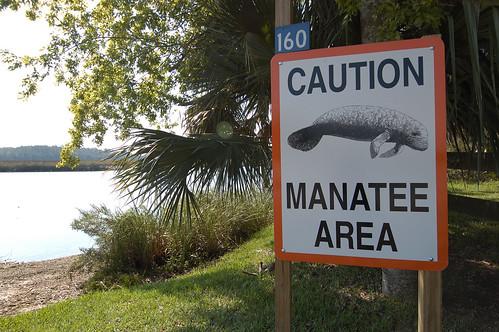PUNTA GORDA, Florida–The program to feed lettuce to starving manatees is scaling down as the weather gets warmer, The Florida Fish and Wildlife Conservation Commission (FWC) said on March 23.
“Efforts are being made now to sort of scale down some of the operations,” Scott Calleson, an Ecological Services officer in the Florida office of the U.S. Fish and Wildlife Service, said in a Zoom call. “We’re continuing to feed out lettuce at the site and we have been making plans for how we’re going to transition down to demobilizing.”




